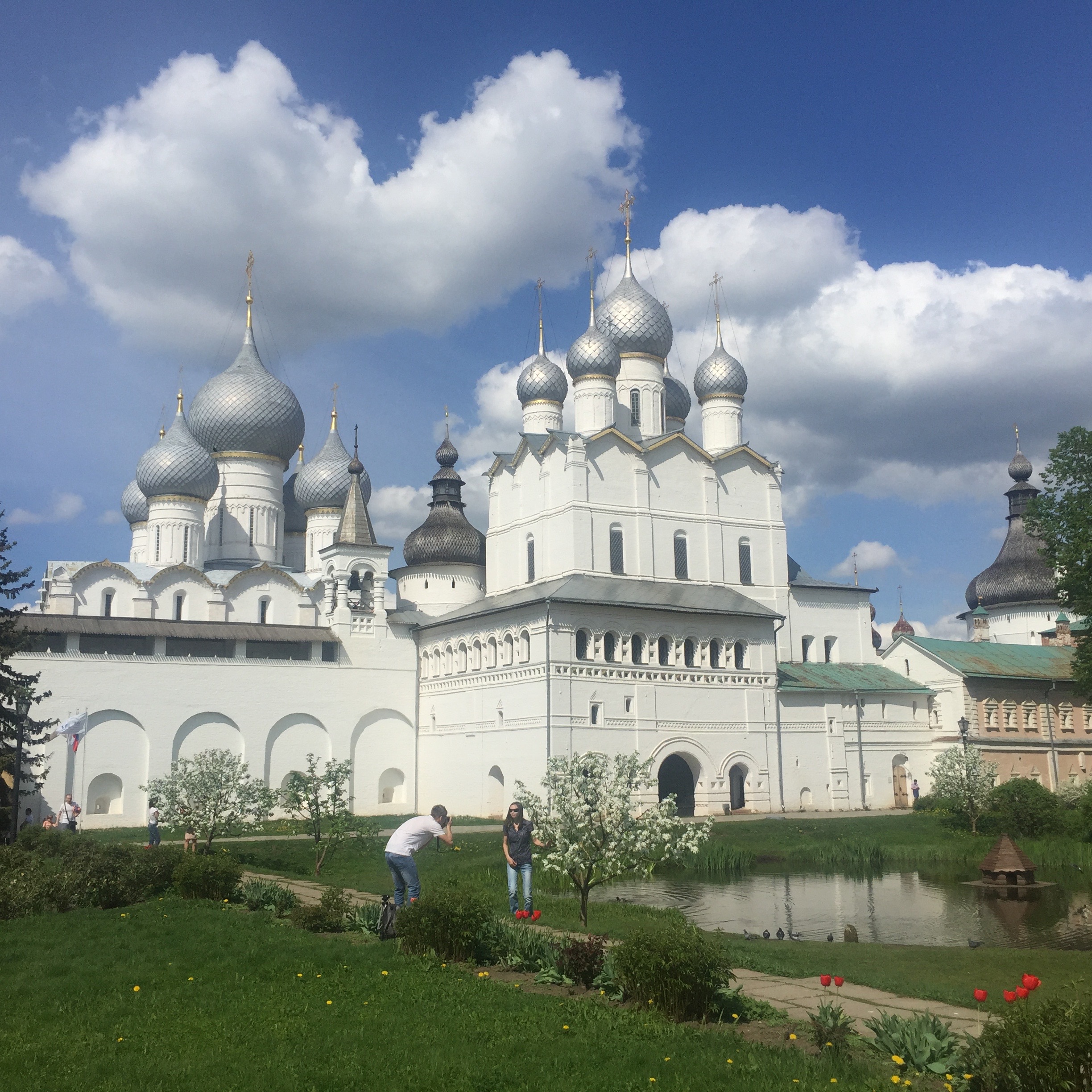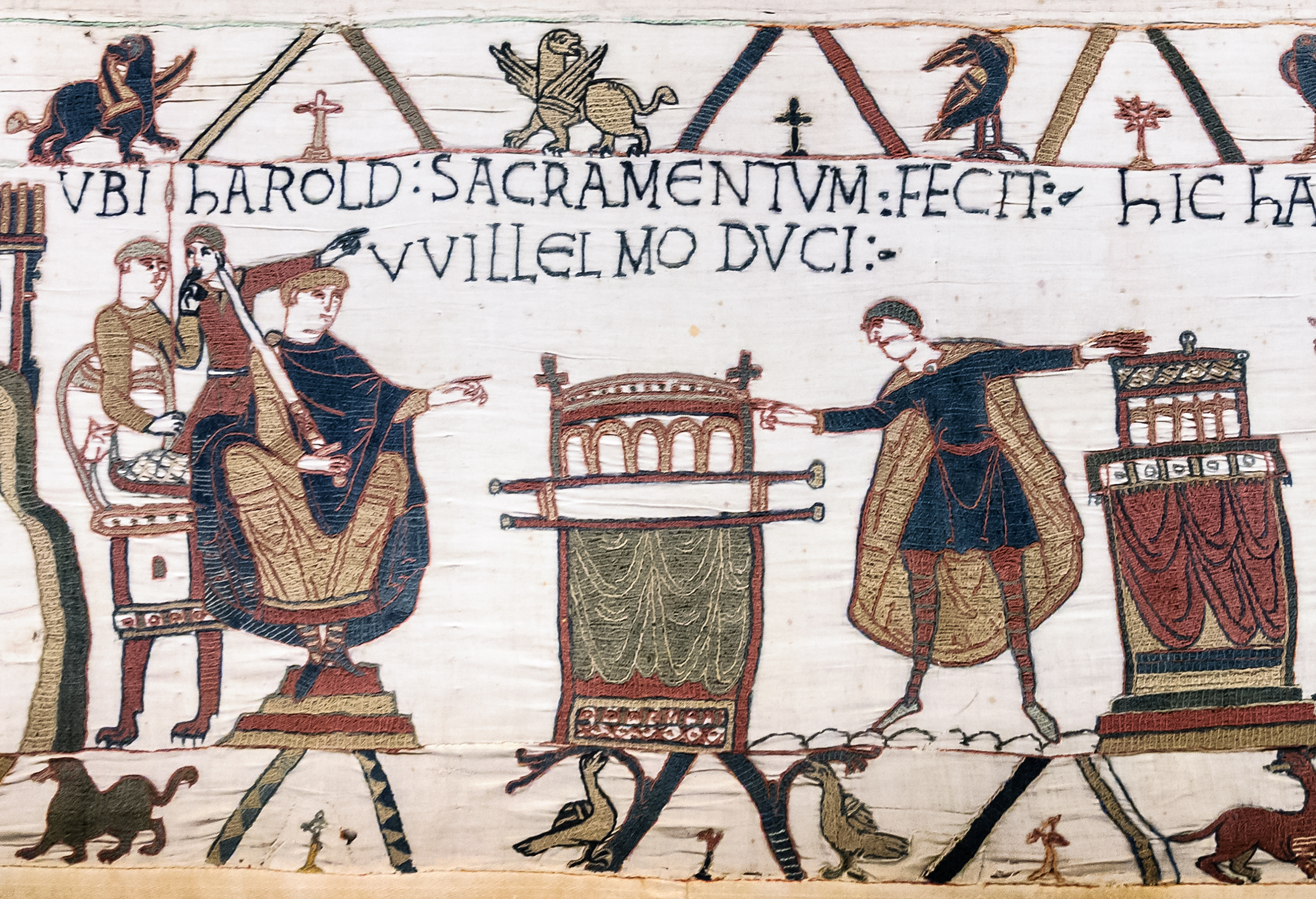|
Mstislav I Vladimirovich
Mstislav I Vladimirovich Monomakh (; Christian name: ''Fedor''; February 1076 – 14 April 1132), also known as Mstislav the Great, was Grand Prince of Kiev from 1125 until his death in 1132. After his death, the state began to quickly disintegrate into rival principalities. He was the eldest son of Vladimir II Monomakh by Gytha of Wessex. He is figured prominently in the Norse Sagas under the name Harald, to allude to his grandfather, Harold II of England. Biography Mstislav was born in Turov. As his father's future successor, he reigned in Novgorod from 1088 to 1093 and (after a brief stint at Rostov) from 1095 to 1117. Thereafter, he was Monomakh's co-ruler in Belgorod Kievsky, and inherited the Kievan throne after his death. He built numerous churches in Novgorod, of which St. Nicholas Cathedral (1113), and the cathedral of St Anthony Cloister (1117) survive to the present day. Later, he would also erect important churches in Kiev, notably his family sepulchre at Ber ... [...More Info...] [...Related Items...] OR: [Wikipedia] [Google] [Baidu] |
Tsarsky Titulyarnik
The '' Tsarsky titulyarnik'' (), sometimes translated as Tsar's Book of Titles, in full the Big State Book or Root of Russian Sovereigns (), is a 1672 illuminated manuscript containing portraits of List of Russian monarchs, Russian monarchs. It was issued by Alexis of Russia and produced under the direction of Artamon Matveyev, the head of the ''posolsky prikaz'' (Ministry of Foreign Affairs (Russia), foreign ministry). It also includes short biographies and illustrations of coats of arms, as well as portraits of foreign rulers. Gallery File:00 Tsarskiy titulyarnik page.jpg, Title page of copy in Hermitage Museum File:01 Tsarskiy titulyarnik.jpg, Coat of arms of Russia File:Aleksey titularnik.jpg, Portrait of Alexis of Russia File:Joasaphus II from Tsarsky titulyarnik.jpg, Portrait of Patriarch Joasaphus II of Moscow File:Titulyarnik - Louis XIV.png, Portrait of Louis XIV References {{reflist Russian heraldry Alexis of Russia 17th-century illuminated manuscripts ... [...More Info...] [...Related Items...] OR: [Wikipedia] [Google] [Baidu] |
Rostislav I Of Kiev
Rostislav Mstislavich ( – 1167) was Prince of Smolensk (1125–1160), Novgorod (1154) and Grand Prince of Kiev (1154–1155; 1159–1161; 1161–1167). He is the founder of the Rostislavichi branch of Rurikid princes in Smolensk Smolensk is a city and the administrative center of Smolensk Oblast, Russia, located on the Dnieper River, west-southwest of Moscow. First mentioned in 863, it is one of the oldest cities in Russia. It has been a regional capital for most of .... He was the son of Mstislav I of Kiev and Christina Ingesdotter of Sweden. Reign After Yaroslav II of Kiev was driven out of Novgorod, Rostislav was invited to become the ruler of Novgorod. He accepted, and became the prince on April 17, 1154. Then, learning that Iziaslav II had died, Rostislav left Novgorod to take the Kievan throne. Indignant that their prince had abandoned them and angered that "he did not make order among them, but tore them more apart", the citizens of Novgorod drove out Rosti ... [...More Info...] [...Related Items...] OR: [Wikipedia] [Google] [Baidu] |
Podil
Podil ( ) or Podol ( ), also known in English as the Lower City,Ivankin, H., Vortman, D. Podil (ПОДІЛ)'. Encyclopedia of History of Ukraine. is a historic neighborhood in Kyiv, the capital of Ukraine. It is located on a floodplain terrace over the Dnieper between the Kyiv Hills and the lower stream of Pochaina River. Podil is one of the oldest neighborhoods of Kyiv, and the birthplace of the city's trade, commerce and industry. After the Mongol invasion of Rus' and destruction of Kyiv, it served as a city center until the 19th century.Old Podil (Старий Поділ) Seven Wonders of Ukraine. Here the city administration (magistrate) and the main university were located, and later the city's port and shipyard were established here. Podil contains many architectural and historical landmarks, and new ... [...More Info...] [...Related Items...] OR: [Wikipedia] [Google] [Baidu] |
Berestovo
Berestove () is a historical location in Kyiv, Ukraine. It is in the Pechersk Raion of the city in the historic Hungarian tract. The location is situated between Lypky, Klov, Zvirynets and the right banks of Dnieper. In the past it was a princely village of Berestiv to the east from the early city of Kyiv. Today the place is part of the Park of Eternal Glory and upper parts of the Caves monastery of Kyiv (Kyiv Pechersk Lavra). The name is derived from a local name for the field elm (''Berest''). In the village was located a suburban palace of Volodymyr the Great where the Grand Prince died. The palace is mentioned in chronicles of the 10–12th centuries, particularly by Nestor the Chronicler. The palace was made of stone and had two stories. It was surrounded by courtyards princely servants. Many times mentioned in the chronicles "porches"-galleries joined separate buildings into a mansion complex, representing a characteristic part of the princely dwelling. In the foll ... [...More Info...] [...Related Items...] OR: [Wikipedia] [Google] [Baidu] |
Belgorod Kievsky
Bilhorod Kyivskyi () or Belgorod Kiyevsky () was a legendary city-castle in Kievan Rus',''Віталій Непомящих''Вивчення історії дослідження Білгорода КиївськогоІнститут археології НАН України. – Київ, 2017. on the right bank of the Irpin River. The remains of the city are in Kyiv Oblast, Ukraine. History The city was prominent in the 10th to 12th centuries. It ceased to exist after the Mongol invasion of Kievan Rus' and the destruction of Kiev in 1240. Currently the large village of Bilohorodka is located near the defunct city.Білгород — «форпост града Києва» by Vladimir Gripas, Den', 2 March 2007 [...More Info...] [...Related Items...] OR: [Wikipedia] [Google] [Baidu] |
Rostov, Yaroslavl Oblast
Rostov Veliky ( rus, Ростов Великий, p=rɐˈstof vʲɪˈlʲikʲɪj, ''Rostov the Great'') is a types of inhabited localities in Russia, town in Yaroslavl Oblast, Russia, one of the oldest in the country and a tourist center of the Golden Ring of Russia, Golden Ring. It is located on the shores of Lake Nero, northeast of Moscow. Population: The name of the town was officially changed to Rostov Veliky in December 2024. The name of the town railway station is Rostov-Yaroslavsky railway station, Rostov Yaroslavsky , due to its location in Yaroslavl Oblast. History Rostov was preceded by Sarskoye Gorodishche, which some scholars interpret as the capital of the Volga Finns, Finnic Merya people, Merya tribe, while others believe it was an important Viking trade enclave and fortress guarding the Volga trade route. It is known from Norse sources as or . Scythians also settled there. These different ethnicities, such as the Vikings, Scyths, Slavs and Finns, were likely th ... [...More Info...] [...Related Items...] OR: [Wikipedia] [Google] [Baidu] |
Veliky Novgorod
Veliky Novgorod ( ; , ; ), also known simply as Novgorod (), is the largest city and administrative centre of Novgorod Oblast, Russia. It is one of the oldest cities in Russia, being first mentioned in the 9th century. The city lies along the Volkhov River just downstream from its outflow from Lake Ilmen and is situated on the M10 federal highway connecting Moscow and Saint Petersburg. UNESCO recognized Novgorod as a World Heritage Site in 1992. The city has a population of At its peak during the 14th century, the city was the capital of the Novgorod Republic and was one of Europe's largest cities. The "Великий" part was added to the city's name in 1999. Climate Veliky Novgorod has a humid continental climate (Köppen ''Dfb''). The city has warm summers with temperatures reaching over 30 °C (86 °F) and relatively cold winters with frequent snowfall. The lowest air temperature ever recorded is -45 °C (-49 °F). The warmest month is July with a d ... [...More Info...] [...Related Items...] OR: [Wikipedia] [Google] [Baidu] |
Harold Godwinson
Harold Godwinson ( – 14 October 1066), also called Harold II, was the last crowned Anglo-Saxon King of England. Harold reigned from 6 January 1066 until his death at the Battle of Hastings on 14 October 1066, the decisive battle of the Norman Conquest. He was succeeded by William the Conqueror, the victor at Hastings. Harold Godwinson was a member of the most powerful noble family in England, his father Godwin having been made Earl of Wessex by Cnut the Great. Harold, who served previously as Earl of East Anglia, was appointed to his father's earldom on Godwin's death. After his brother-in-law, King Edward the Confessor, died without an heir on 5 January 1066, the ''Witenagemot'' convened and chose Harold to succeed him; he was probably the first English monarch to be crowned in Westminster Abbey. In late September, he defeated an invasion by rival claimant Harald Hardrada of Norway in the Battle of Stamford Bridge near York before marching his army back south to meet Willi ... [...More Info...] [...Related Items...] OR: [Wikipedia] [Google] [Baidu] |
Norse Saga
Sagas are prose stories and histories, composed in Iceland and to a lesser extent elsewhere in Scandinavia. The most famous saga-genre is the (sagas concerning Icelanders), which feature Viking voyages, migration to Iceland, and feuds between Icelandic families. However, sagas' subject matter is diverse, including legendary saga, pre-Christian Scandinavian legends; Heilagramannasögur, saints and Biskupasögur, bishops both from Scandinavia and elsewhere; konungasögur, Scandinavian kings and Samtíðarsögur, contemporary Icelandic politics; and chivalric romances either translated from Continental European languages or composed locally. Sagas originated in the Middle Ages, but continued to be composed in the ensuing centuries. Whereas the dominant language of history-writing in medieval Europe was Latin language, Latin, sagas were composed in the vernacular: Old Norse and its later descendants, primarily Icelandic language, Icelandic. While sagas are written in prose, they s ... [...More Info...] [...Related Items...] OR: [Wikipedia] [Google] [Baidu] |
Christian Name
A Christian name, sometimes referred to as a baptismal name, is a religious personal name given on the occasion of a Christian baptism, though now most often given by parents at birth. In English-speaking cultures, a person's Christian name is commonly their first name and is typically the name by which the person is primarily known. Traditionally, a Christian name was given on the occasion of Christian baptism, with the ubiquity of infant baptism in modern and medieval Christendom. In Elizabethan England, as suggested by William Camden, the term ''Christian name'' was not necessarily related to baptism, used merely in the sense of "given name": Christian names were imposed for the distinction of persons, surnames for the difference of families. In more modern times, the terms have been used interchangeably with ''given name'', ''first name'' and ''forename'' in traditionally Christian countries, and are still common in day-to-day use. Strictly speaking, the Christian na ... [...More Info...] [...Related Items...] OR: [Wikipedia] [Google] [Baidu] |
Kiev
Kyiv, also Kiev, is the capital and most populous List of cities in Ukraine, city of Ukraine. Located in the north-central part of the country, it straddles both sides of the Dnieper, Dnieper River. As of 1 January 2022, its population was 2,952,301, making Kyiv the List of European cities by population within city limits, seventh-most populous city in Europe. Kyiv is an important industrial, scientific, educational, and cultural center. It is home to many High tech, high-tech industries, higher education institutions, and historical landmarks. The city has an extensive system of Transport in Kyiv, public transport and infrastructure, including the Kyiv Metro. The city's name is said to derive from the name of Kyi, one of its four legendary founders. During History of Kyiv, its history, Kyiv, one of the oldest cities in Eastern Europe, passed through several stages of prominence and obscurity. The city probably existed as a commercial center as early as the 5th century. A Slav ... [...More Info...] [...Related Items...] OR: [Wikipedia] [Google] [Baidu] |





